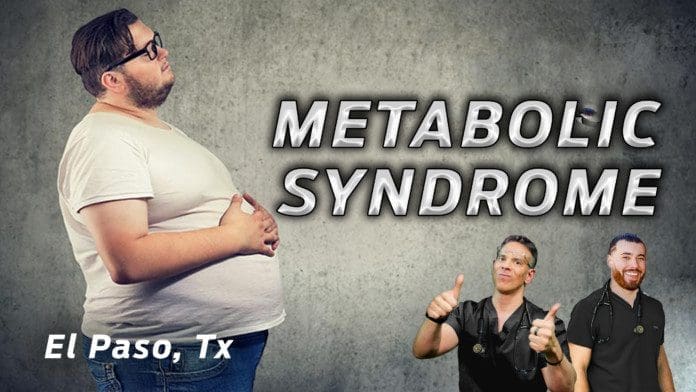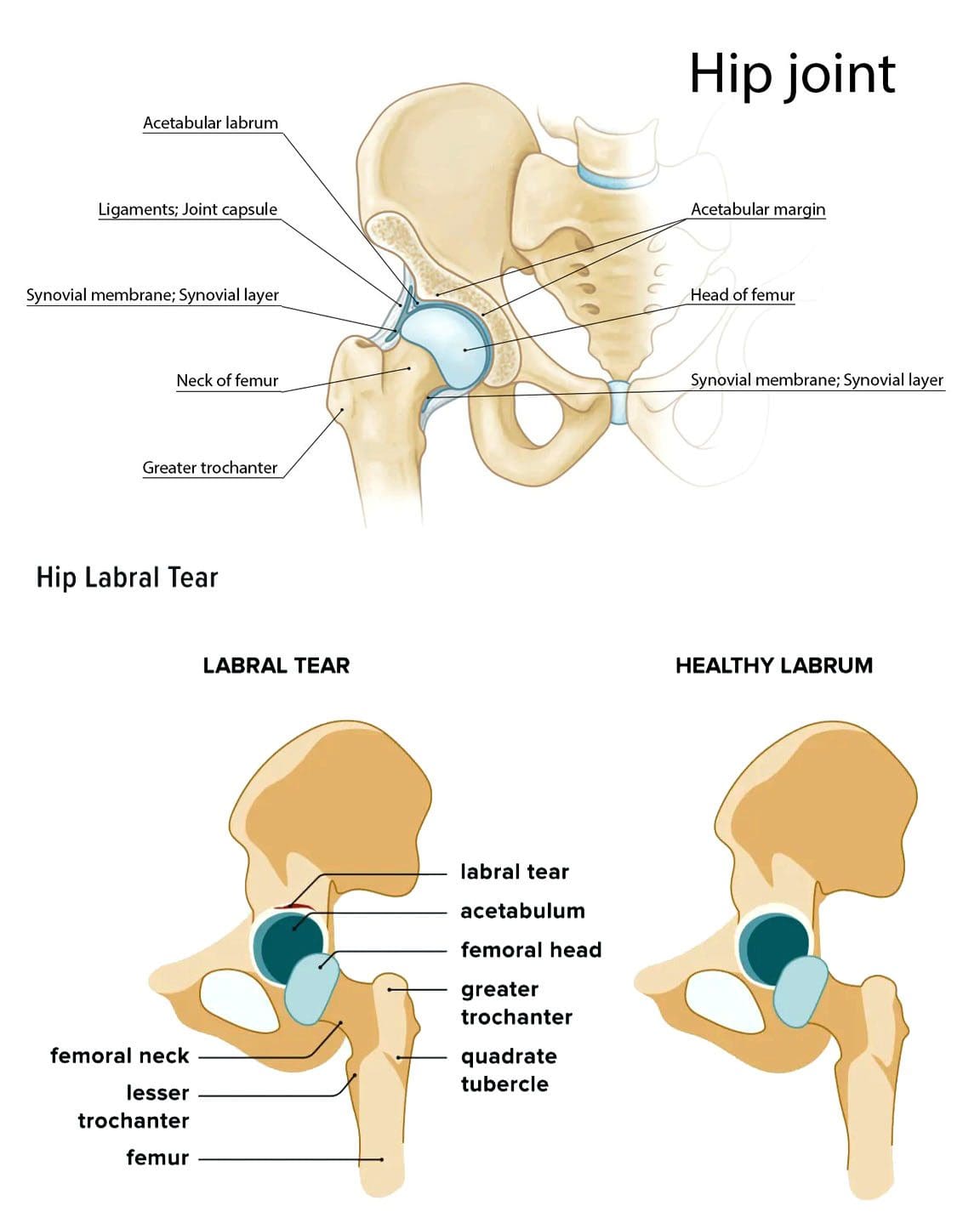Winter is when most children and adults are prone to catching colds, the flu, etc. The excitement of the holiday season can also take a toll on the body’s neuromusculoskeletal system, leaving the individual more susceptible to illness. Digestive issues such as bloating, cramping, and constipation are also common. Certain supplements can help maintain body, gut, and brain holiday health. Here are a few recommended supplements to take during the holidays.
Table of Contents
Holiday Health
To help fill in the gaps from the holiday foods and increase energy, holiday health supplements to consider adding include:
Probiotics
- Probiotics are healthy bacteria and microbes that populate the gut or microbiome.
- They help digest nutrients, support proper digestion and elimination, and manage appetite and mood.
- A quality probiotic supplement supports healthy digestion and immune health.
- It can help reduce diarrhea, constipation, gas, and bloating while protecting the immune system against pathogens.
- For the most benefits, it is recommended to take a supplement with a high CFU count, diverse probiotic strains, and a delivery method that ensures the probiotics will survive once consumed.
- SBO – soil-based organism probiotics are also recommended.
Melatonin
- The body produces melatonin naturally, especially at night, since this promotes sleep.
- Melatonin is a hormone that helps regulate the body’s circadian rhythm, which makes you feel tired or alert at the right times of the day.
- Taking melatonin can help decrease jet lag symptoms.
- Consider taking melatonin to help promote healthy sleep.
- However, it’s usually only recommended for short-term use, so consult your doctor.
Vitamin D
- During the winter, when less sunlight is available, low vitamin D levels are very common among adults.
- The body naturally makes vitamin D when the skin is exposed to the sun’s UV light rays; however, most spend nearly all their time indoors once the weather becomes cold.
- Vitamin D is responsible for hundreds of reactions related to brain function, hormone production, and immune defenses.
- A vitamin D supplement can help maintain healthy levels, which is important for maintaining a strong immune system, cardiovascular and bone health, and mood.
Magnesium
- Magnesium is a mineral and electrolyte providing cardiovascular and bone support, improved sleep, healthy muscle and nerve function, and healthy digestion.
- A magnesium supplement can help with aches and pains, restlessness, headaches, and constipation.
Vitamin C
- Vitamin C intake protects against colds and other illnesses.
- It supports healthy immune defenses, healthy nervous system function, antioxidant activity, neuron function, and skin health.
- A vitamin C supplement combined with probiotics further helps support healthy gastrointestinal function and absorption.
Chiropractic For Digestive Health
- Chiropractic care supports the healthy functioning of the nervous system.
- The vagus nerve extends from the brain stem and innervates digestive system organs.
- Sympathetic nerves in the thoracic and lumbar regions and the parasympathetic nerves near the sacrum also support digestion.
- Decompressing the spine and correcting posture allow room for the muscles to contract, open up the spine to circulate fluids throughout the body, and expand and properly circulate food and waste.
Functional Nutrition Lifestyle Change
References
https://ancientnutrition.com/blogs/all/soil-based-probiotics-vs-regular?utm_campaign=vitacost&utm_medium=Affiliate&utm_source=article
Ernst, Edzard. “Chiropractic treatment for gastrointestinal problems: a systematic review of clinical trials.” Canadian journal of gastroenterology = Journal canadien de gastroenterology vol. 25,1 (2011): 39-40. doi:10.1155/2011/910469
Govender, Mershen et al. “A review of the advancements in probiotic delivery: Conventional vs. non-conventional formulations for intestinal flora supplementation.” AAPS PharmSciTech vol. 15,1 (2014): 29-43. doi:10.1208/s12249-013-0027-1
Leboeuf-Yde, Charlotte, et al. “Self-reported nonmusculoskeletal responses to chiropractic intervention: a multination survey.” Journal of manipulative and physiological therapeutics vol. 28,5 (2005): 294-302; discussion 365-6. doi:10.1016/j.jmpt.2005.04.010
https://ods.od.nih.gov/factsheets/Probiotics-HealthProfessional/#:~:text=The%20seven%20core%20genera%20of,Enterococcus%2C%20Escherichia%2C%20and%20Bacillus.
Peterson, Caroline. “A case study of chiropractic management of pregnancy-related heartburn with postulated fetal epigenome implications.” Explore (New York, N.Y.) vol. 8,5 (2012): 304-8. doi:10.1016/j.explore.2012.06.001
Qu, Liuxin, et al. “Irritable bowel syndrome treated by traditional Chinese spinal orthopedic manipulation.” Journal of traditional Chinese medicine = Chung i tsa chih ying wen pan vol. 32,4 (2012): 565-70. doi:10.1016/s0254-6272(13)60072-2



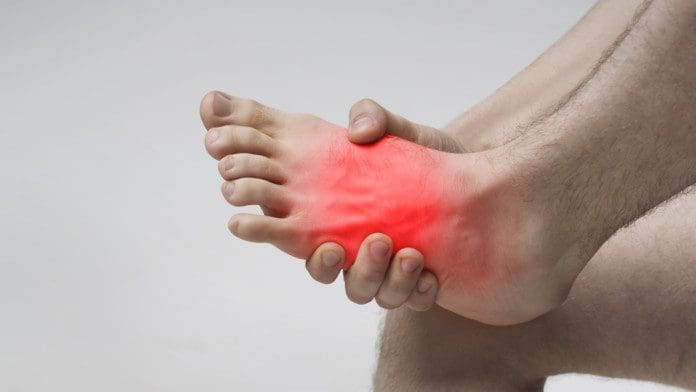
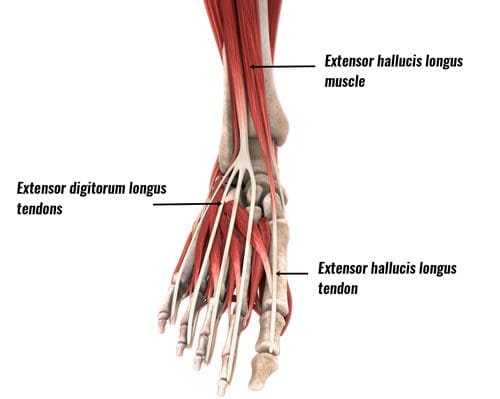
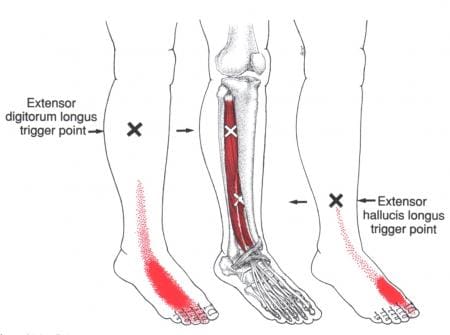



 Family Health
Family Health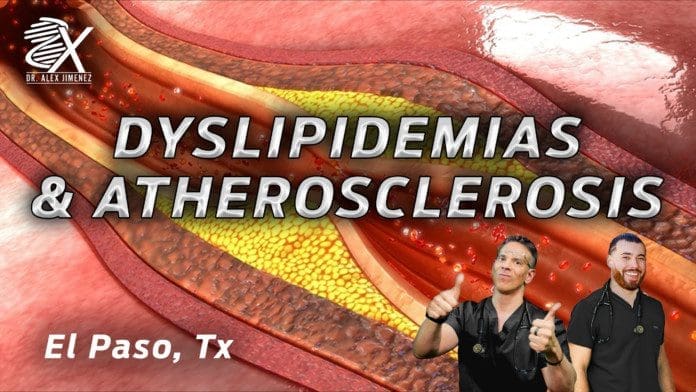

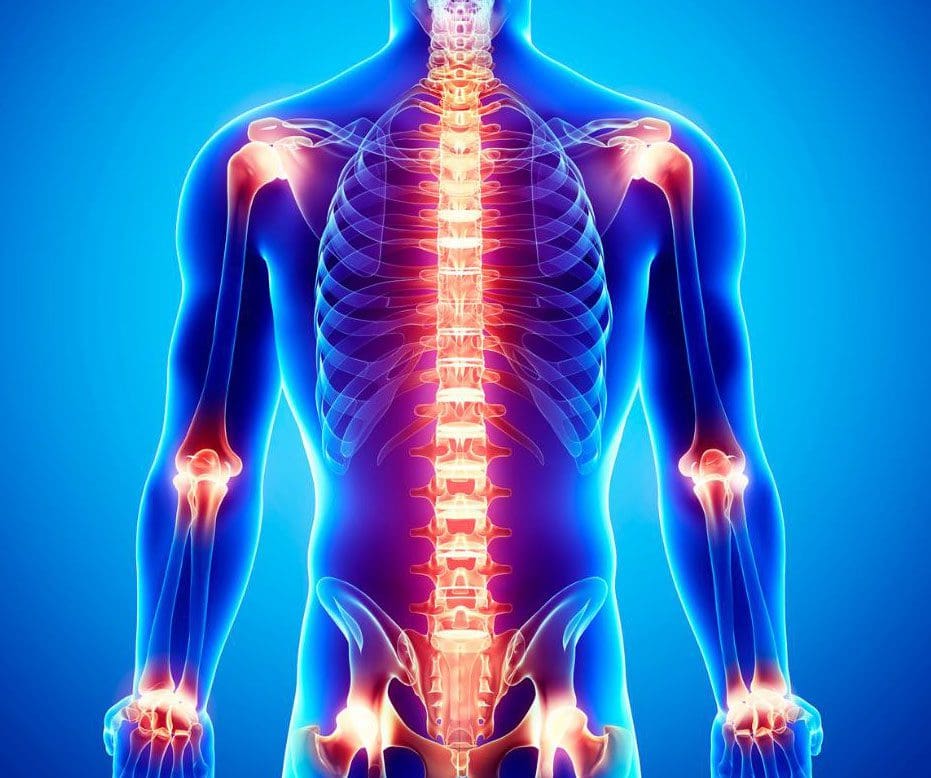

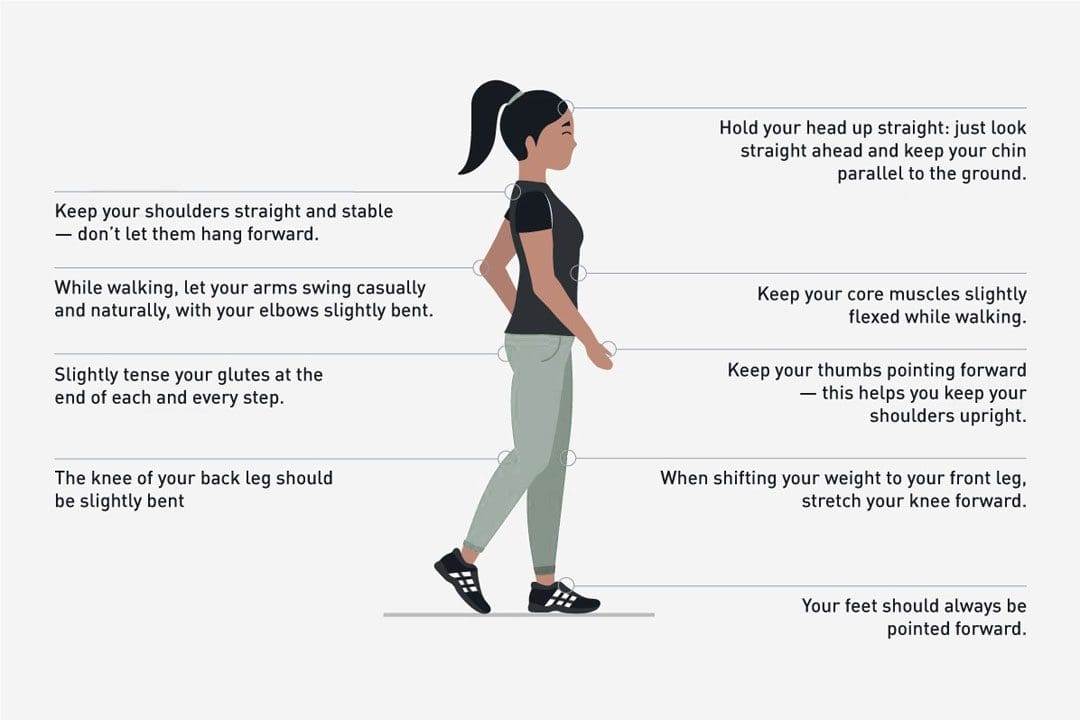 Power Walking
Power Walking
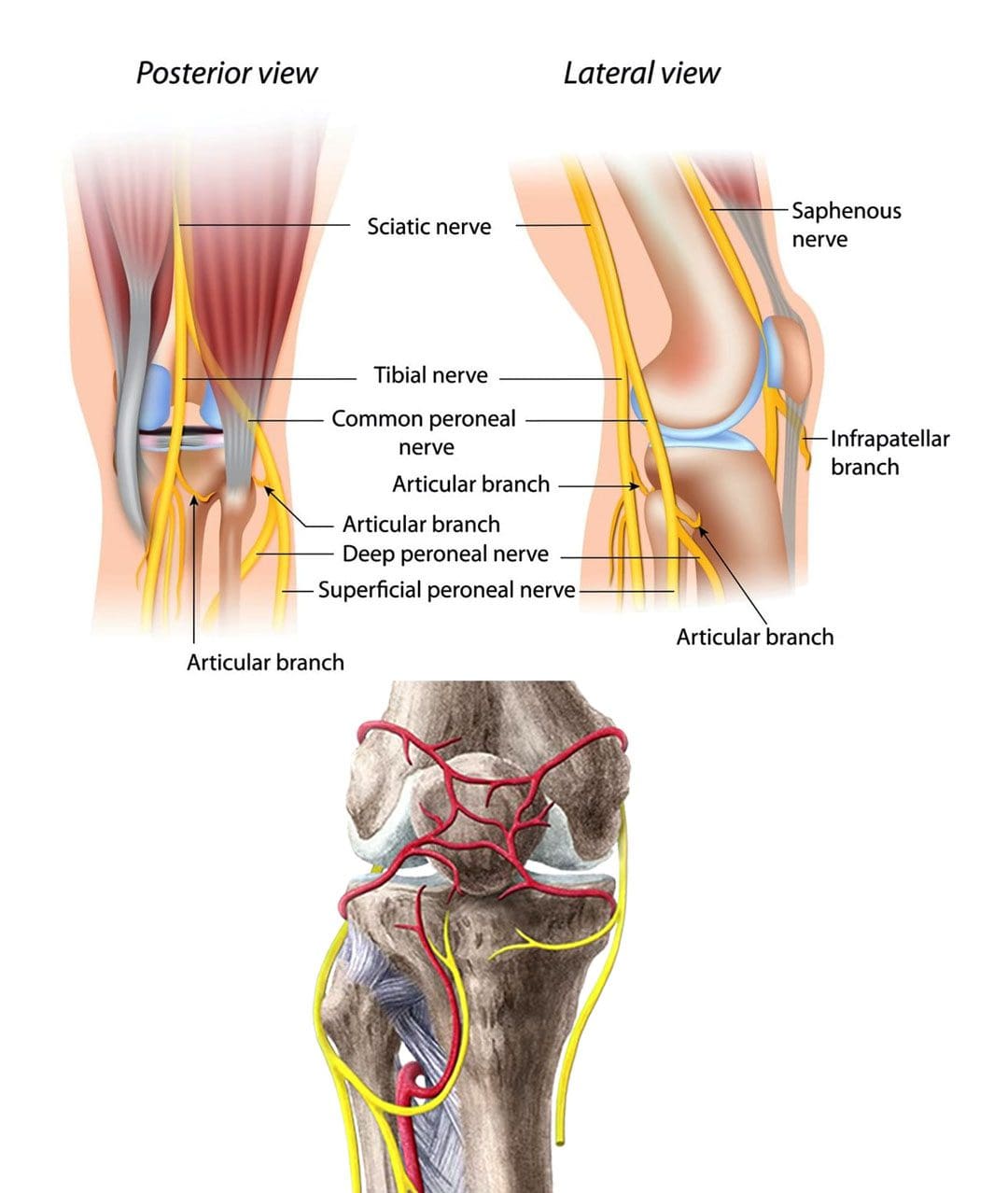
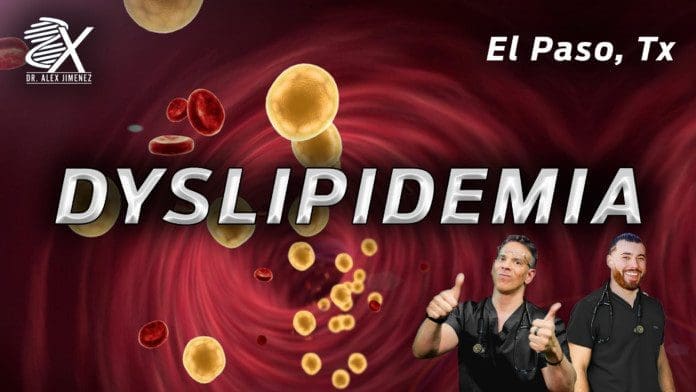

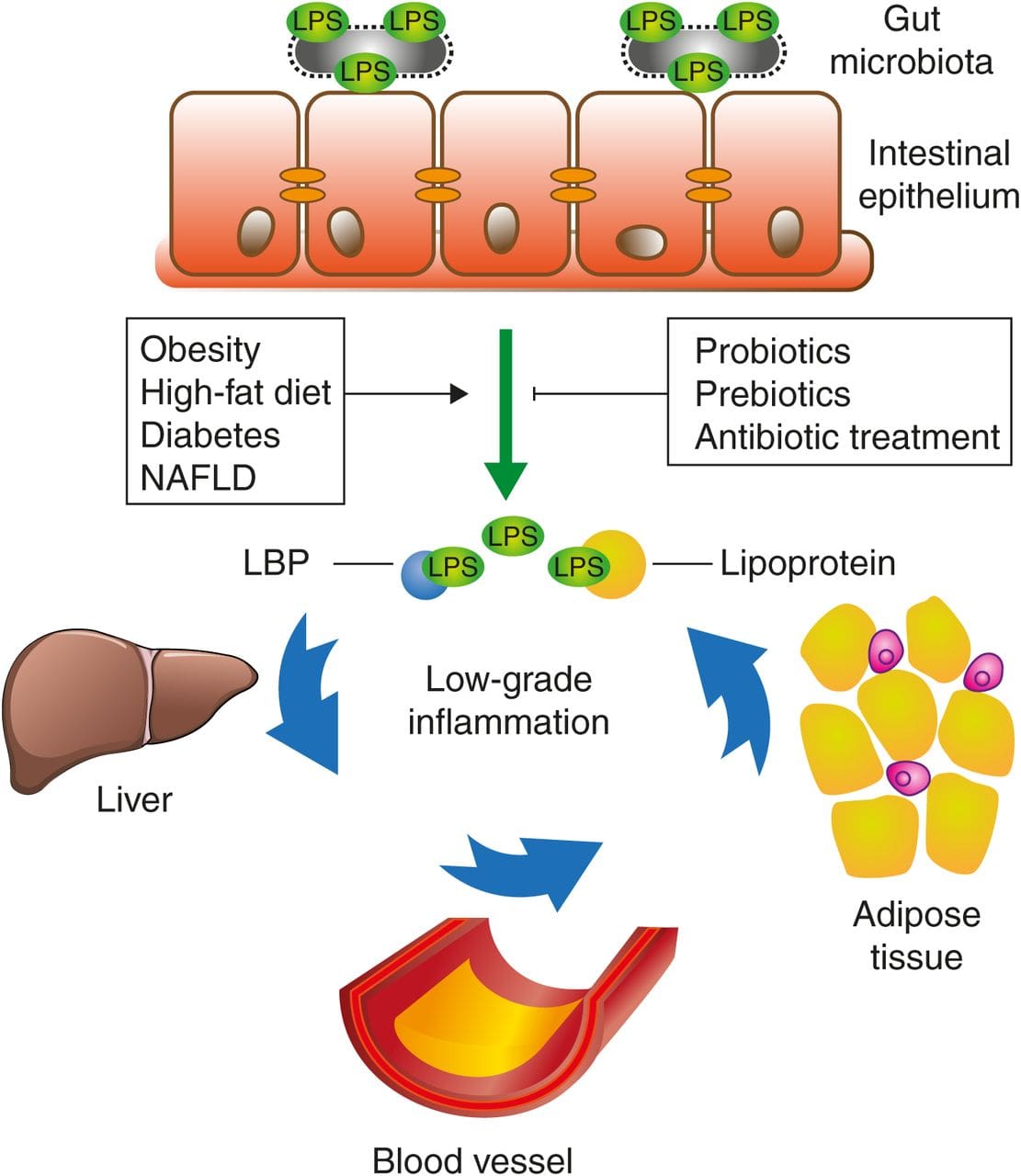
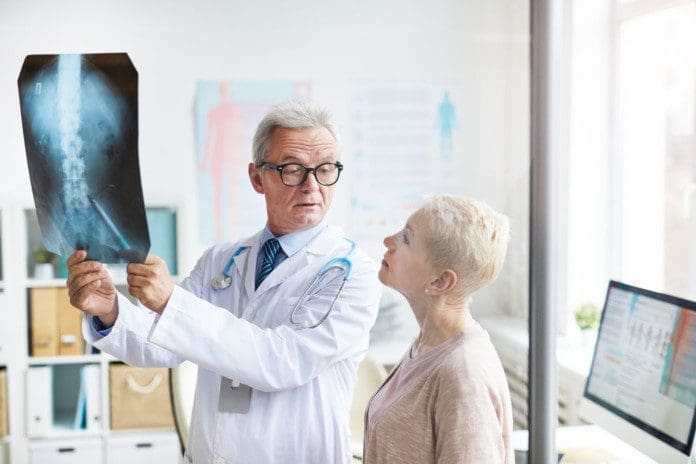
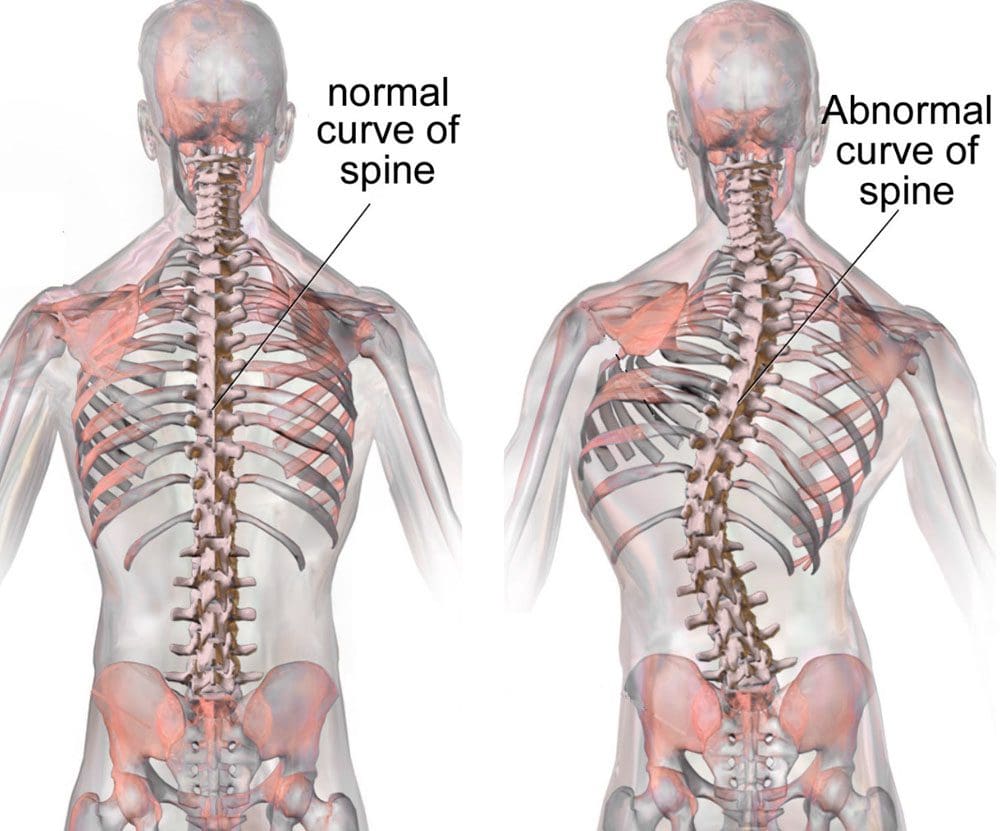

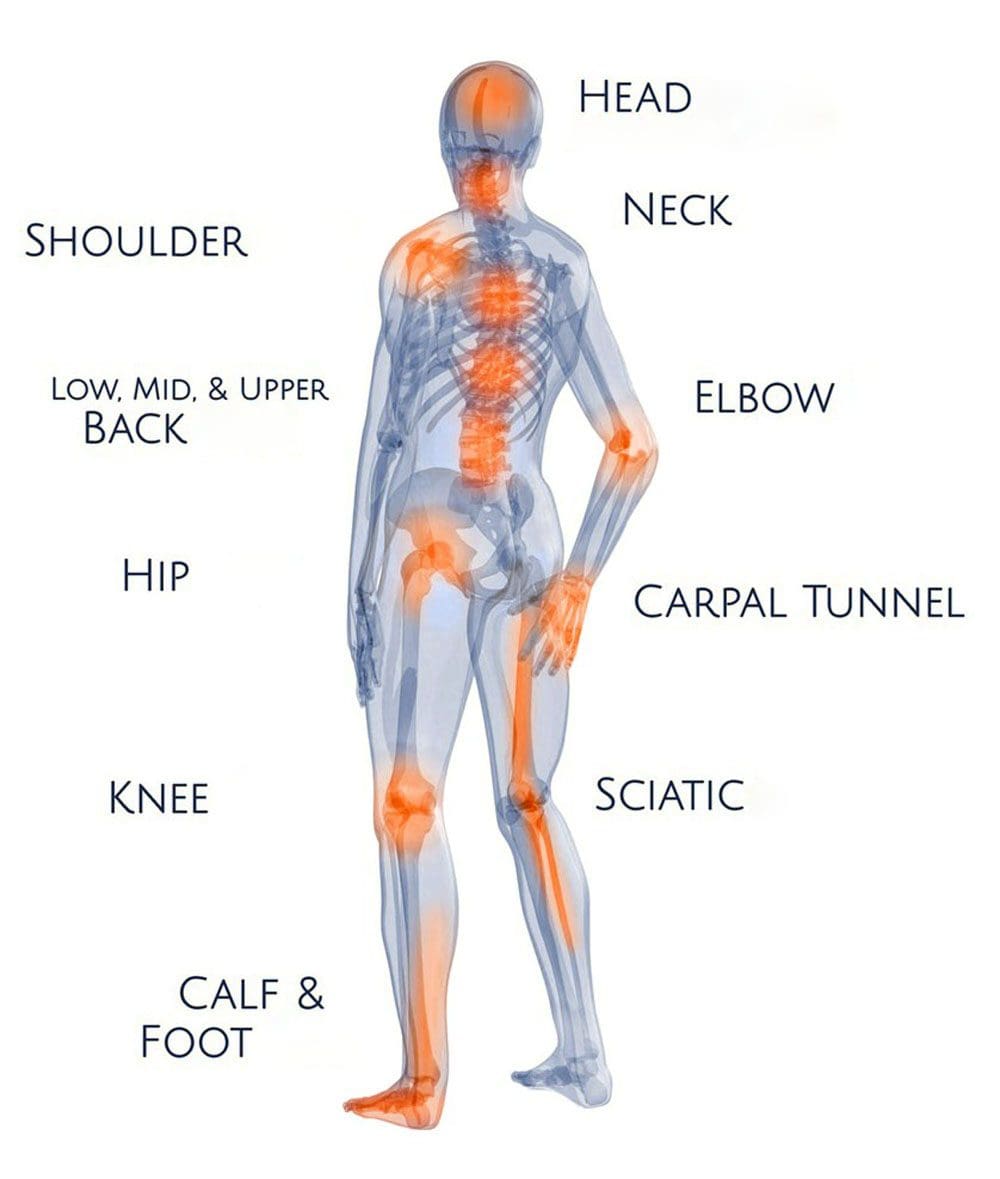
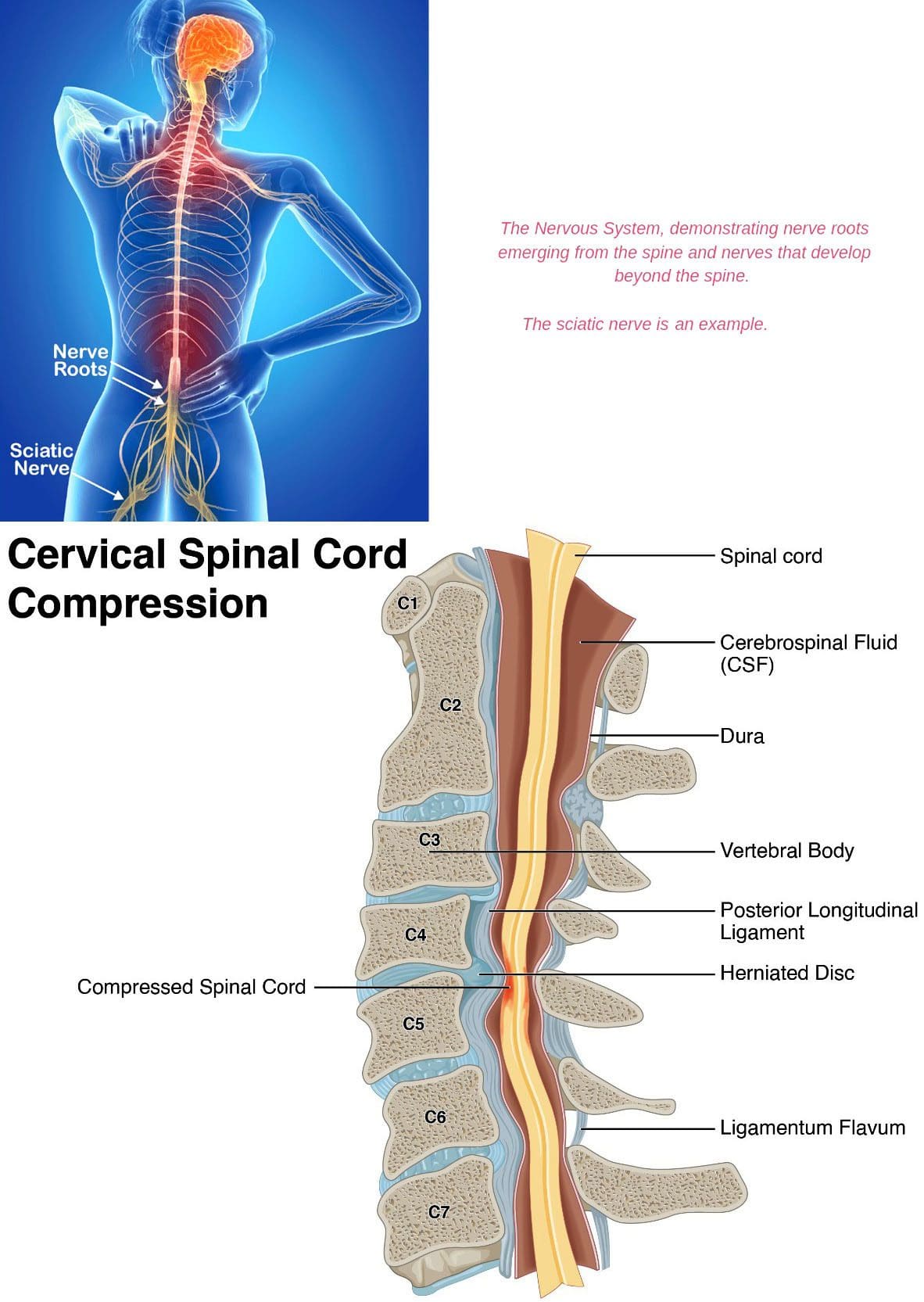
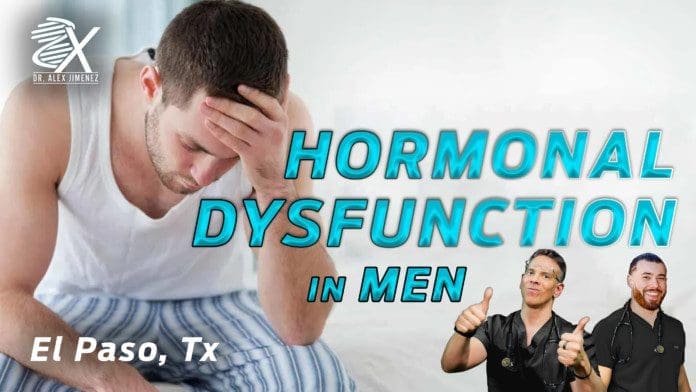


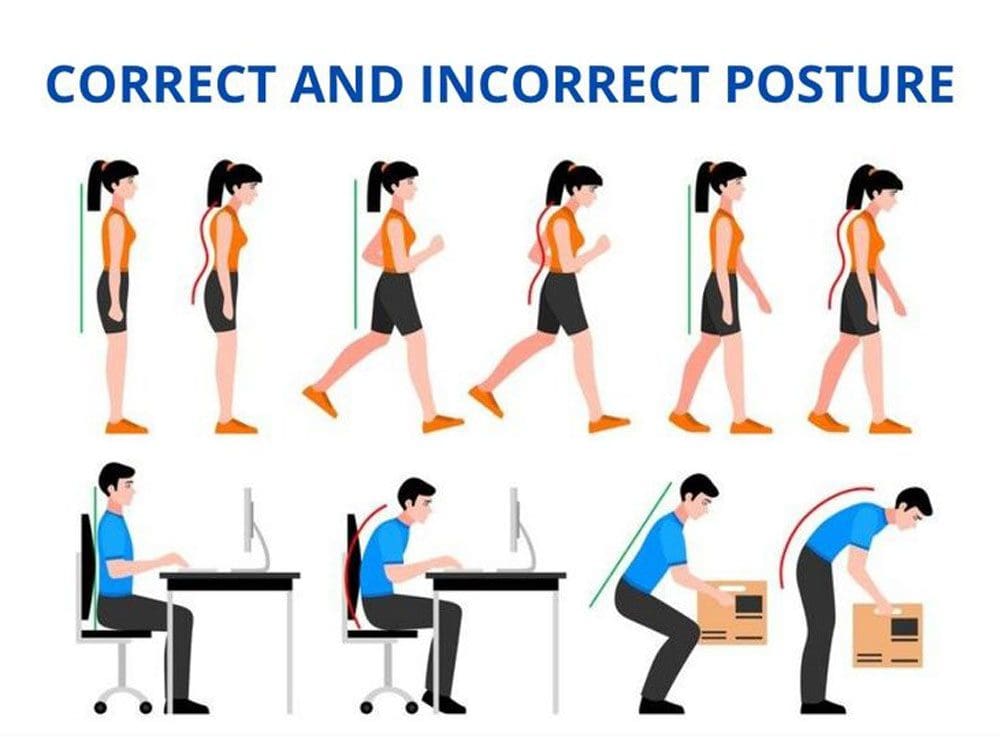 Healthy Posture Guidelines
Healthy Posture Guidelines